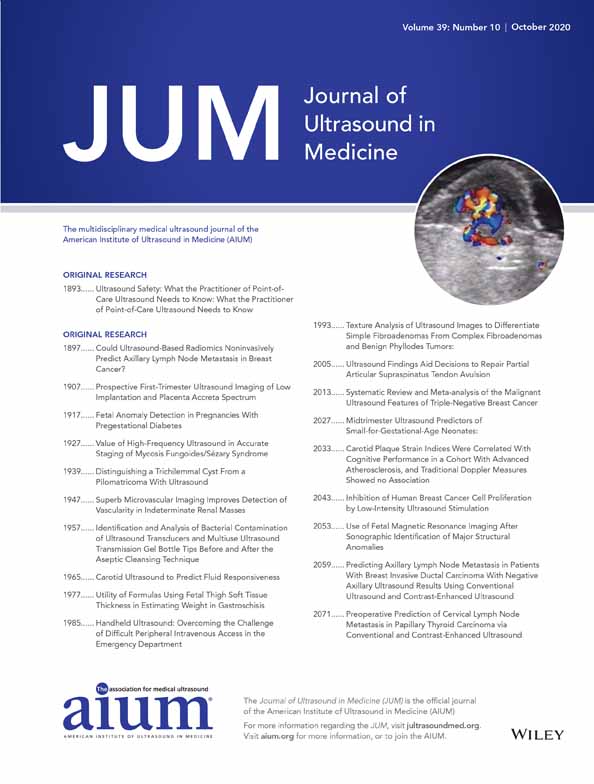Handheld Ultrasound
Overcoming the Challenge of Difficult Peripheral Intravenous Access in the Emergency Department
Abstract
Objectives
The purpose of this study was to evaluate the performance of a handheld ultrasound device for difficult peripheral intravenous (PIV) access performed by nurses and paramedics in the emergency department (ED).
Methods
This was a retrospective review at an academic medical center. Participants were ED nurses and paramedics with competence in ultrasound-guided PIV placement. Participants were asked to log their use of the handheld device when used on patients deemed to have “difficult” access and complete a questionnaire, which consisted of items related to the effectiveness and ease of use of the device. Data were collected over the course of 1 year. An electronic medical record review was performed to track the success rates and the occurrence of any associated complications throughout the hospital stay.
Results
Nurses and paramedics logged a total of 483 cases in which PIV access was attempted with the handheld ultrasound device. Ninety-two percent (95% confidence interval [CI], 89%–94%) of the ultrasound-guided PIV lines attempted were placed successfully. Eighty-four percent (95% CI, 80%–87%) of the lines were placed successfully on the first attempt. In most cases (396 of 483 [82%]), no complications associated with the PIV occurred. A total of 429 questionnaires were completed over the study period. Most of the operators (84%; 95% CI, 80%–87%) stated that the handheld device was adequate to perform ultrasound-guided PIV access.
Conclusions
The handheld ultrasound device performed well in terms of usability and reliability for PIV access.




